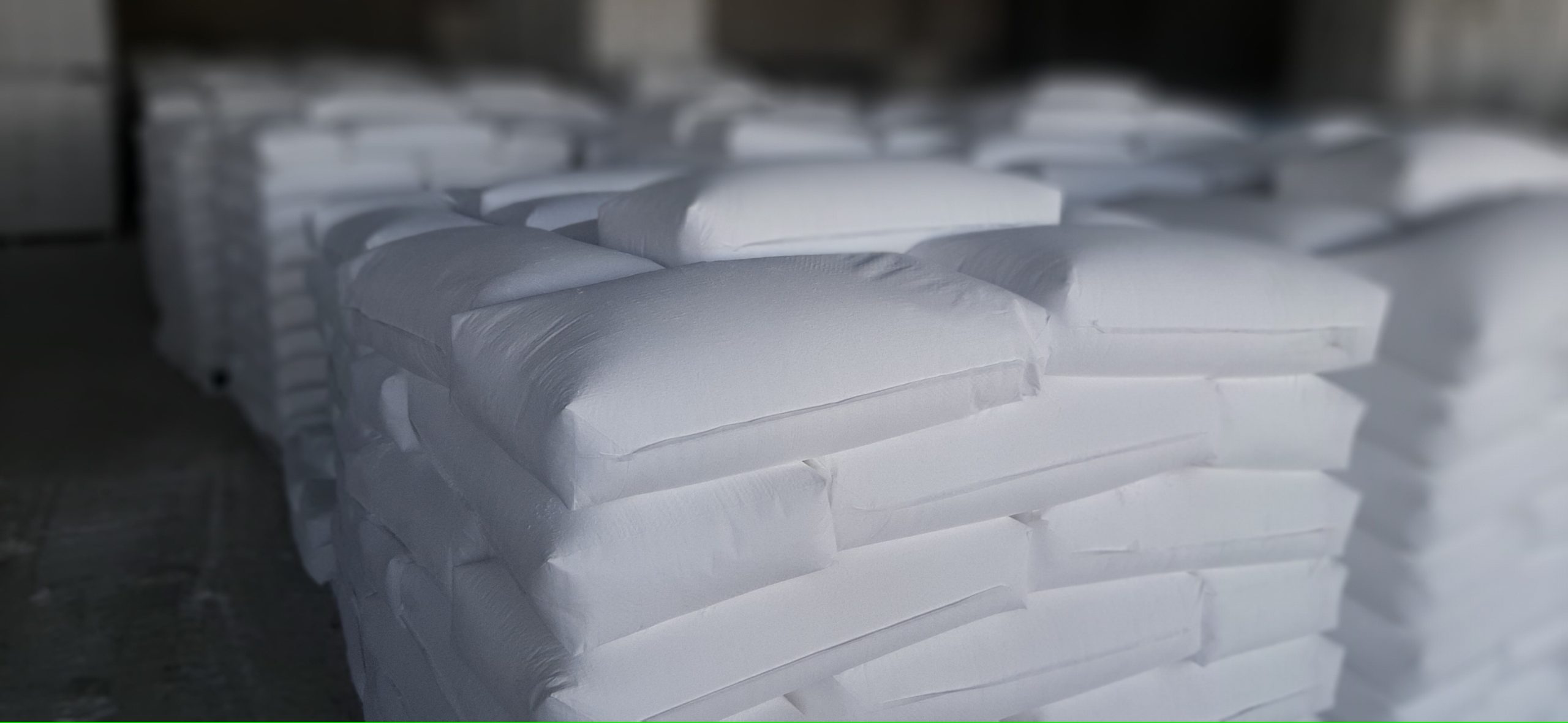The Role of Calcium Carbonate in the Paint Industry
Calcium carbonate is widely used in the paint industry as a filler or pigment extender due to its excellent properties. It acts as a cost-effective alternative to titanium dioxide, which is a commonly used white pigment. Calcium carbonate improves the opacity, brightness, and durability of paint, making it an essential ingredient in various paint formulations. It also enhances the viscosity and thixotropic behavior of paint, preventing sagging or dripping during application. Furthermore, calcium carbonate improves the paint’s resistance to weathering, chemicals, and UV radiation, ensuring long-lasting color retention. Overall, the incorporation of calcium carbonate in the paint industry enhances the performance and quality of paints while reducing costs.

Dyeing calcium carbonate factory
The dyeing calcium carbonate factory is a facility dedicated to the production of dyed calcium carbonate. This factory plays a crucial role in the manufacturing industry as it caters to the needs of various sectors such as paper, paint, plastic, and rubber. The process of dyeing calcium carbonate involves adding color pigments to the natural calcium carbonate, resulting in a wide range of vibrant and customizable colors. The factory ensures strict quality control measures to guarantee the consistency and purity of the dyed calcium carbonate. With advanced technology and skilled professionals, the dyeing calcium carbonate factory aims to meet the demands of its customers by providing high-quality products that enhance the aesthetic appeal and functionality of their end products.

Direct sales of calcium carbonate powder
Direct sales of calcium carbonate powder refer to the process of selling this chemical compound directly to customers without the involvement of intermediaries or middlemen. Calcium carbonate powder is widely used in various industries, including pharmaceuticals, construction, agriculture, and manufacturing. By opting for direct sales, companies can establish a direct relationship with their customers, ensuring better communication and understanding of their specific requirements. Direct sales also allow companies to have greater control over pricing, quality, and delivery, leading to increased customer satisfaction. Moreover, eliminating intermediaries can result in cost savings for both the seller and the buyer, making direct sales an efficient and economical way of distributing calcium carbonate powder.
Paint is an essential component of our daily lives, used for both aesthetic and protective purposes. It is a versatile material that can be applied to various surfaces, providing color, durability, and protection. One of the key ingredients in paint is calcium carbonate, a compound that plays a crucial role in enhancing the performance and quality of paint products.
What is Calcium Carbonate?
Calcium carbonate is a naturally occurring mineral that is found in rocks and minerals such as limestone, marble, and chalk. It is composed of calcium, carbon, and oxygen atoms and has the chemical formula CaCO3. In its purest form, calcium carbonate appears as a white, odorless powder.
Properties and Benefits of Calcium Carbonate in Paint
Calcium carbonate is widely used in the paint industry due to its unique properties and numerous benefits. Here are some of the key reasons why it is an essential ingredient in paint:
- Opacity: Calcium carbonate is highly opaque, meaning it can effectively cover the underlying surface. This property allows paint manufacturers to achieve vibrant and consistent colors, even on dark or uneven surfaces.
- Whiteness: The white color of calcium carbonate helps to enhance the brightness and whiteness of paint. It acts as a pigment extender, reducing the amount of expensive titanium dioxide needed in the formulation.
- Matting: Calcium carbonate can be used as a matting agent in paint formulations to create a matte or satin finish. This is particularly useful in architectural coatings, where a low sheen or non-reflective surface is desired.
- Improved Durability: The addition of calcium carbonate to paint can enhance its durability and resistance to weathering, abrasion, and chemicals. This makes it suitable for both interior and exterior applications.
- Cost-Effectiveness: Calcium carbonate is an economical filler material that helps to reduce the overall cost of paint production. It provides excellent coverage and extends the volume of the paint, making it a cost-effective option for manufacturers.
Applications of Calcium Carbonate in Paint
The use of calcium carbonate in the paint industry is widespread, with applications in various types of paints and coatings. Some of the common applications include:
- Architectural Coatings: Calcium carbonate is extensively used in architectural coatings, such as interior and exterior paints, primers, and textured finishes. It provides excellent hiding power, durability, and a smooth finish.
- Industrial Coatings: In industrial coatings, calcium carbonate is used to improve the performance and appearance of products. It is commonly used in automotive coatings, marine coatings, and protective coatings for metal surfaces.
- Decorative Paints: Calcium carbonate is a key ingredient in decorative paints, including enamels, varnishes, and wood coatings. It helps to enhance the color, gloss, and durability of these products.
- Water-Based Paints: Calcium carbonate is compatible with water-based paint formulations and can be used as a filler and pigment extender in these systems. It improves the rheological properties and stability of water-based paints.
Environmental Considerations
Calcium carbonate is considered a safe and environmentally friendly material. It is non-toxic, non-hazardous, and does not release volatile organic compounds (VOCs) into the atmosphere. Additionally, it is abundant in nature and can be sourced sustainably from limestone and other mineral deposits.
Conclusion
Calcium carbonate is a versatile and valuable ingredient in the paint industry. Its unique properties, such as opacity, whiteness, and matting, contribute to the performance and quality of paint products. By incorporating calcium carbonate into their formulations, paint manufacturers can achieve vibrant colors, improved durability, and cost-effective solutions. Furthermore, the use of calcium carbonate in paint is environmentally friendly, making it a preferred choice for sustainable coatings. As the demand for high-quality and eco-friendly paints continues to grow, calcium carbonate will remain a vital component in the paint industry.
